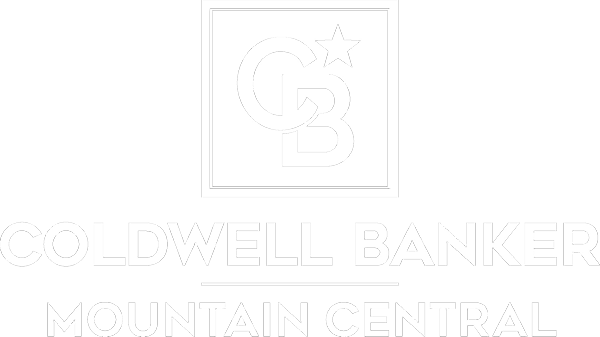You have likely heard the news that Calgary has ranked fourth on The Economist’s Intelligence Unit’s Global Liveability Index 2018. This is exciting news for Calgarians whom already know Calgary is a great place in which to live. In fact, Calgary ranks higher than any other city in Canada or North America for that matter (no U.S. cities ranked within the top 10 cities on the index). Vancouver ranked 6th and Toronto ranked 7th on the index. Many Calgarians are taking this as a well-earned pat on the back, but it is so much more. Why? First, let’s understand how the ranking was established.
Out of a possible 100.0 points, Calgary scored 97.5 points on the overall index rating. The criteria include rankings for Stability, Healthcare, Culture and Environment, Education, and Infrastructure. Each category is then further divided into sub-categories covering a variety of indicators and scored as acceptable, tolerable, uncomfortable, undesirable, or intolerable. A score of 100.0 means that a city is liveable, while a score of 1 means that it is intolerable. The rankings include a qualitative Economist Intelligence Unit (EIU) rating based on the judgement of in-house expert country analysts and a field correspondent located in Calgary. The quantitative variables were based on the relative performance of a location using external data sources.
The Stability category was weighted 25% of the total index. It included the following sub-categories: prevalence of petty crime; prevalence of violent crime; threat of terror; threat of military conflict; threat of civil unrest/conflict. All were based on EIU ratings where Calgary scored 100.0 points.
The category representing Healthcare was weighted 20% of the total index accounting. It included the following sub-categories: availability of private healthcare; quality of private healthcare; availability of public healthcare; quality of public healthcare; availability of over-the-counter drugs; and general healthcare indicators. All were derived from EIU ratings with the exception of the last sub-category relating to general healthcare indicators which was adapted from the World Bank. Calgary scored 100.0 points.
The third category is Culture and Environment and accounted for 25% of the total weight of final score. It was derived from the following sub-categories and their sources: humidity and temperature rating (adapted from average weather conditions); discomfort of climate to travellers (EIU rating); level of corruption (adapted from Transparency International); social or religious restrictions (EIU rating); level of censorship (EIU rating); sporting availability (EIU field rating of 3 sport indicators); cultural availability (EIU field rating of 4 cultural indicators); food and drink (EIU field rating of 4 cultural indicators); consumer goods and services (EIU rating of product availability). Calgary was allotted a score of 90.0 points.
The next category is Education and accounted for 10% of the total weight of the total score. It included the following indicators: availability of private education; quality of private education; public education indicators. All were EIU ratings with the exception of public education indicators which was adapted from World Bank data.
The fifth and final category was Infrastructure and it accounted for 20% of the total weight of the total score. It included the following indicators: quality of road network; quality of public transport; quality of international links; availability of good quality housing; quality of energy provision; quality of water provision; quality of telecommunications. All were EIU ratings. Calgary was allotted 100.0 points.
What Calgarians need to appreciate is that these statistics are not just news to Calgary. This is a coveted global rating and it is exposed, not just on a national level, but on an international level to people throughout the world. It is an indicator that Calgary is an incredible place in which to live and has so much to offer. There is a certain amount of posturing between cities in Canada for those that have ranked within the higher echelons of the index and our compatriots within those cities have taken note. So has the rest of Canada. Other centers on an international scale have also taken note such as those from Australia and Japan. These are countries with cities within the top ten rankings within the index.
There are also those that take note of the index for the promise of a better life. The index ranking makes Calgary an attractive option. There are centers and businesses throughout the world that look to the index as a safe place in which to set up shop and house their employees while contributing to the local economy. The ranking is not simply about local pride.
In these times when Calgary is going through challenges with the employment market, the local economy and the energy business in particular, the slowing real estate market with too many homes for sale and not enough buyers, and other challenges, why are we not using this index as a tool? Should we not be broadcasting this news all over the world and using the index to our advantage? Our recent economic challenges may have brought a prolonged funk to many within our city limits and beyond, but the index rating can and should be used to bring some sort of salvation. At the very least the news of the ranking itself should bolster our outlook on things to come, and with that, hopefully stimulate some positive action. Let’s start using the index to sell Calgary as the great place that we already know it to be. In all our business interactions, let’s remind Calgary, Alberta, Canada, and the world that Calgary is ranked fourth in the world on The Global Liveability Index 2018. Now that’s something not every city in the world can brag about.
Reference
The Economist Intelligence Unit Limited 2018 (2018). The Global Liveability Index 2018: A free overview. The Economist Intelligence Unit Limited. London, United Kingdom; New York, United States; Hong Kong, Hong Kong.

